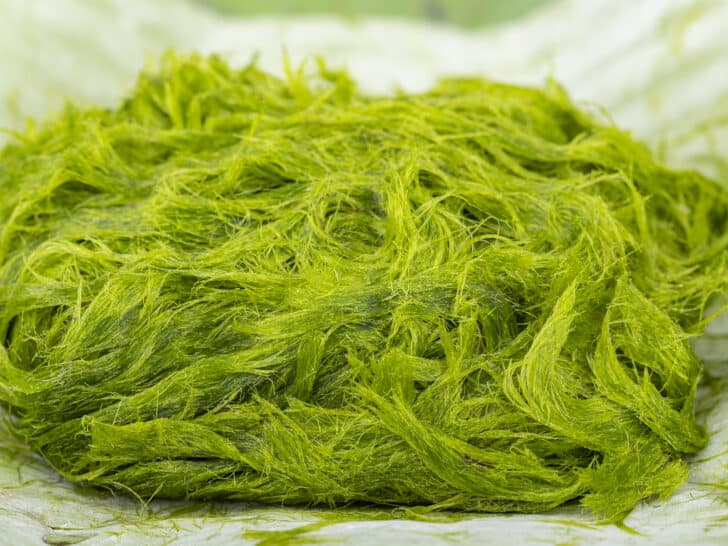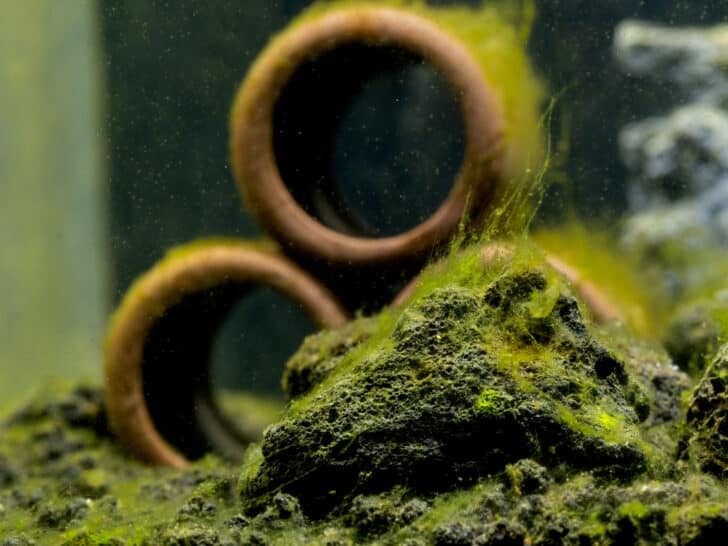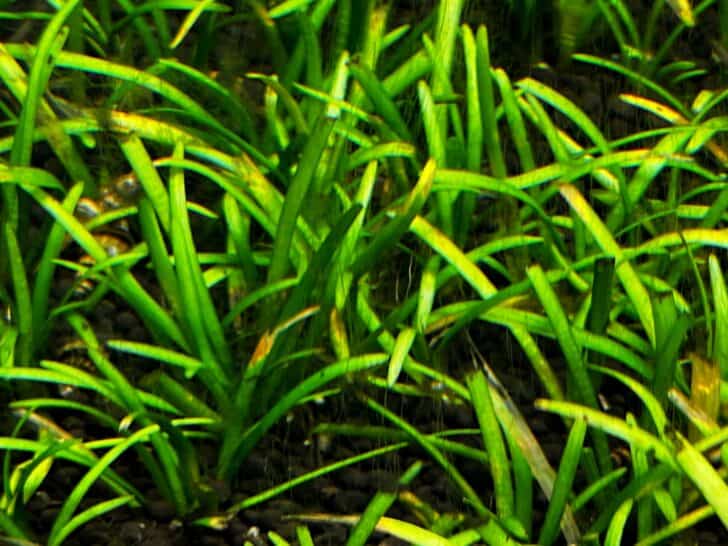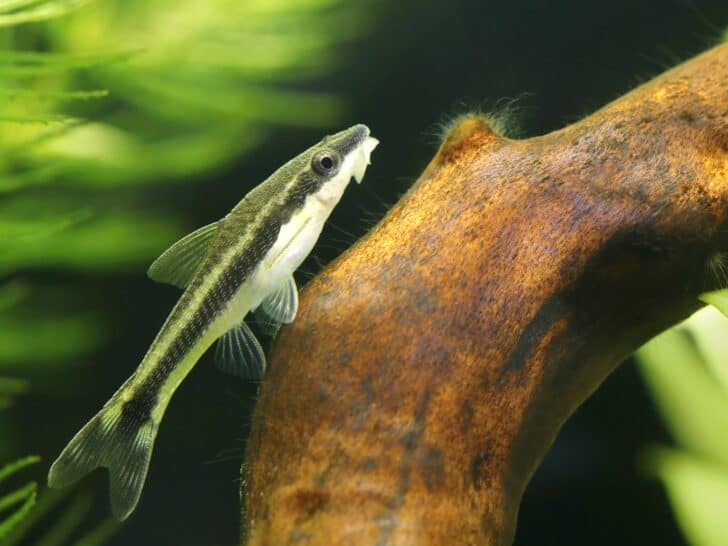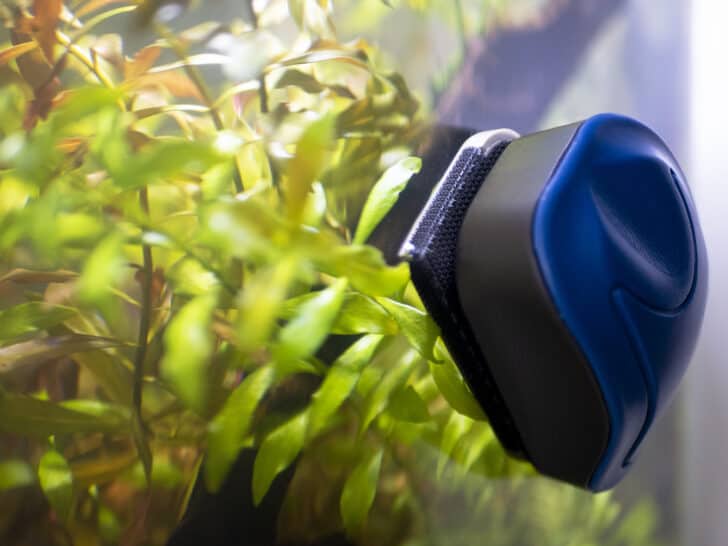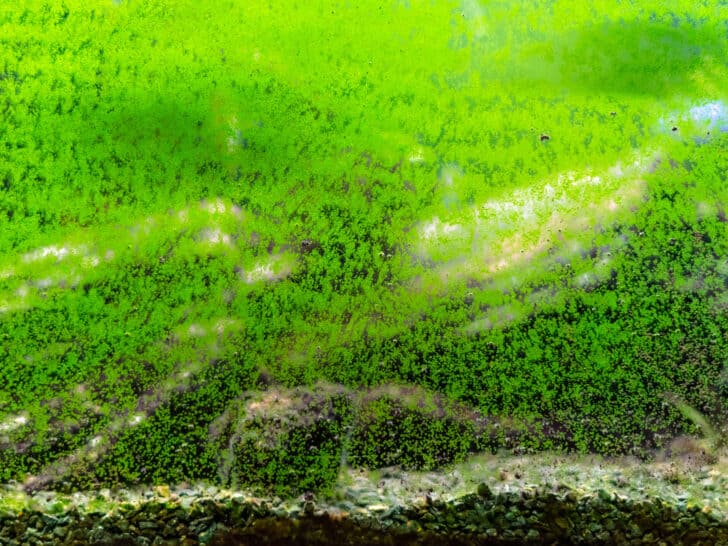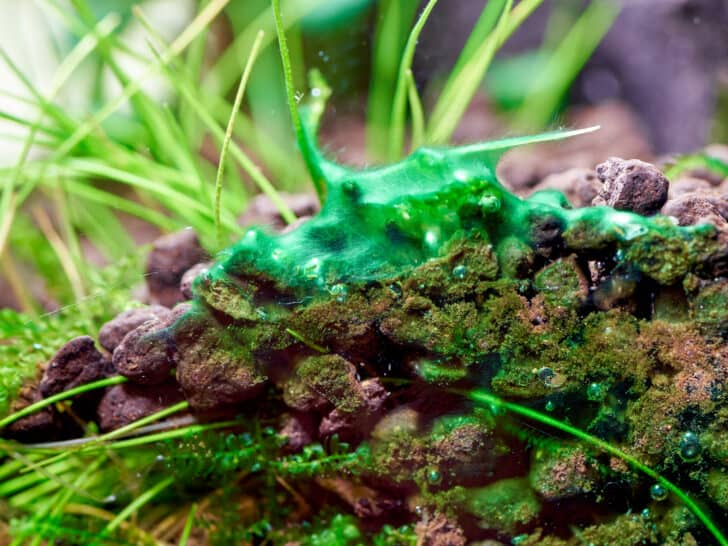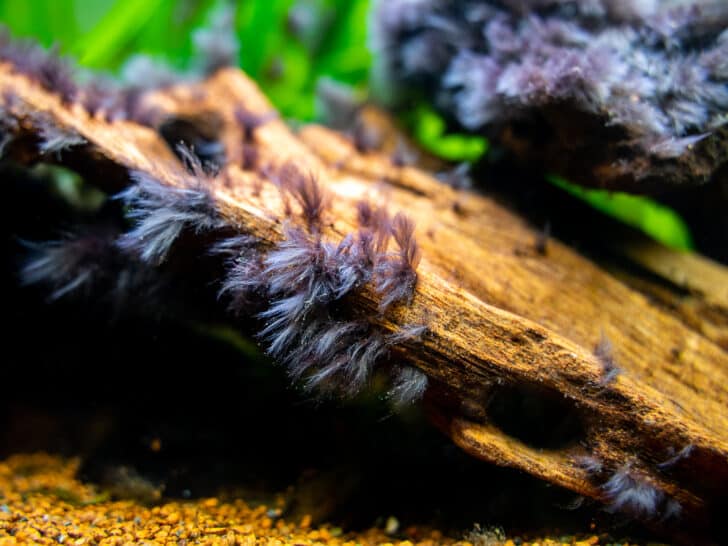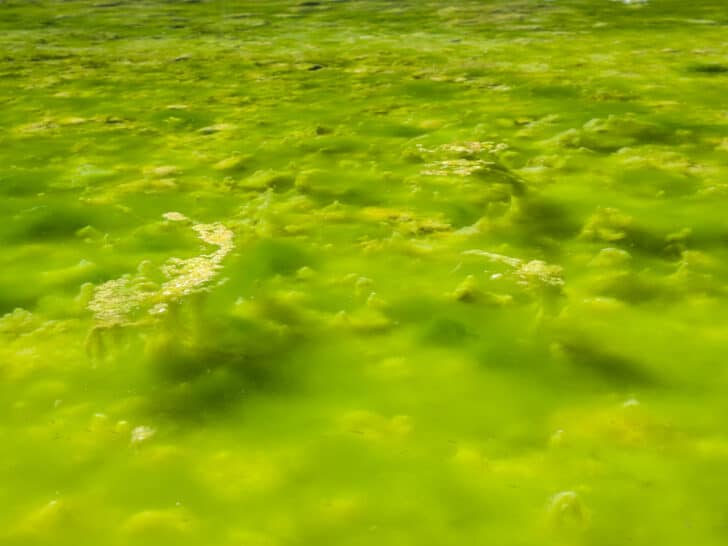Today, I want to talk about how to control algae growth in a planted tank, as these methods are the ones that work best for me.
Quick Answer
To control algae in a planted tank, make sure plants are healthy, you have a working filter, clean the aquarium regularly, perform regular water changes, don’t overfeed the fish, limit the amount of light you provide your tank with, and always make sure to treat the aquarium water first.
Right now, I’m going to provide you with the most important tips you need to know to control algae growth in a planted tank.
How to Control Algae Growth in a Planted Tank
The nine tips as listed below should surely help to control and prevent algae growth in a plant tank. Let’s prevent this potentially harmful invader from taking over your tank!
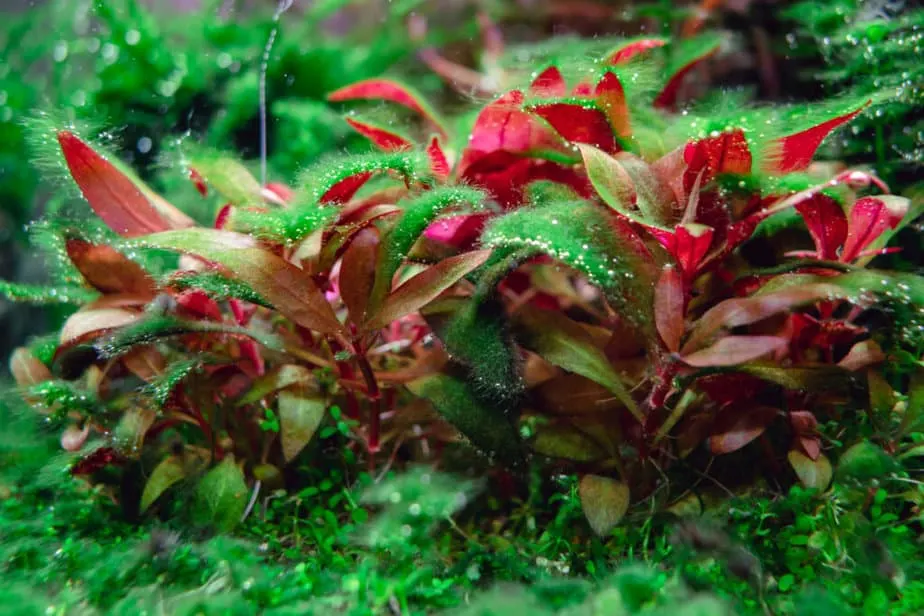
1. Make Sure Your Plants Are Healthy
This might sound weird to say, but making sure that the plants you have in your aquarium are healthy is very important to prevent algae from growing. The reason for this is because algae feeds on many of the same nutrients in the water column as your plants do.
Therefore, if your aquarium plants are absorbing all of the nutrients so they can survive, then no or limited nutrients will be left for the algae.
You need to make sure that your plants are healthy so that they take up the majority of the nutrients in the water. Ensuring that your plants are properly rooted in the appropriate substrate, that they get enough light, carbon dioxide, and more, will help keep them healthy and functioning as they should.
2. Ensure That Your Filter is Working Properly
Algae feeds on ammonia, nitrogen, phosphate, and more. These are all things that should not really be present in your fish tank, especially because they are not good for your fish.
Either way, you should therefore have a well-functioning filtration unit that engages in all three major types of water filtration, including mechanical, biological, and chemical filtration.
The biological filtration aspect is the most important of all here, as these beneficial bacteria break down ammonia and other natural substances that algae feed on.
If you don’t have a well-functioning filter, these substances will remain in the water, and not only lead to algae blooms, but also have negative health impacts for your fish.
3. Clean the Aquarium Regularly
One of the best ways to control algae growth is to simply remove it whenever you see it growing. This means that you should regularly clean your aquarium, including the aquarium plants, the decorations, the filter, the substrate, and more.
Anything that can be removed, such as decorations and plants, should be removed, scrubbed down, and placed back in the tank.
Aquarium gravel should be vacuumed and aquarium glass should be wiped down. Physically removing algae as soon as you spot it goes a long way in dealing with this issue.
4. Perform Weekly Water Changes
You should also aim to perform weekly water changes. By performing weekly water changes of roughly 30%, you are physically removing algae from the water, and you’re also removing the various nutrients and substances that algae requires to feed on.
Every time you add fresh water into the tank, you are diluting the level of nutrients present. You should be doing weekly water changes either way, regardless of algae.
5. Don’t Overfeed Your Fish
One of the biggest creators of ammonia in a fish tank, which helps feed algae, is fish waste. Therefore, an easy way to prevent algae from growing is to not overfeed your fish. The more food you give your fish, the more waste they produce, the more ammonia is released into the water.
On that note, if you overfeed your fish, chances are they won’t eat all of it, and will leave some of their food floating in the water. As this decomposes, it also provides algae with the nutrients it needs to grow.
6. Don’t Overstock the Fish Tank
Not overstocking your fish tank, which means not stuffing it with fish over its capacity, is another great way to control algae blooms. This is because the more fish you have present in the water, the more waste they create, and the more ammonia will be present in the water.
It’s never a good idea to overstock a fish tank regardless of algae, because the fish need a certain amount of room to grow. The rule of thumb is that each fish needs roughly one gallon of water for each inch of length, and ideally up to two or even three gallons of water for each inch of length.
7. Limit the Amount of Light You Provide Your Tank With
Just like regular plants, algae also need ultraviolet sunlight to grow properly. Therefore, you should limit the amount of sunlight you provide your tank. You might think that your planted tank needs a whole lot of sunlight every day, which is true to a certain extent.
However, you really don’t need to provide your plants with more than 10 hours of light per day. If you notice algae growing, maybe you should dial back how many hours per day you provide your fish tank with artificial light.
8. Limit the Amount of Nutrients You Give to Plants
Many people who have planted fish tanks think that it is totally necessary to continuously supplement the plants with a variety of nutrients and fertilizers. Yes, strictly speaking, providing your plants with a variety of nutrients, carbon dioxide, and other fertilizers is beneficial for their growth.
However, by adding so many nutrients into the water, you are also directly aiding algae in its mission to overtake your tank.
If you are going to add nutrients into your water so your plants can grow properly, make sure you keep track of the levels, and monitor them very closely. Furthermore, there are plenty of aquarium plants, such as Java moss, which don’t require additional fertilization, therefore helping you avoid this problem.
9. Treat Water Before Putting it in the Tank
Another fantastic idea is to always treat the water with a water conditioner before you put it in the tank. There are some water conditioners out there that are designed to kill things like algae. Remember, you should always treat your water before adding it into your aquarium anyway, because you never want to add chlorine into your fish tank.
Conclusion
The bottom line here is that if you follow all of the tips as listed above, controlling algae growths in your aquarium should be more than manageable.
What it really all boils down to is making sure that the algae doesn’t have the nutrients it needs to thrive. Make sure that your filter is working properly, especially the biological filtration aspect.
Also make sure that you don’t overfeed your fish, don’t overstock the fish tank, and make sure that you regularly clean the tank, accompanied by weekly water changes. It’s really all about basic aquarium maintenance. If you do a good job at maintaining your aquarium, algae usually shouldn’t be a problem.

